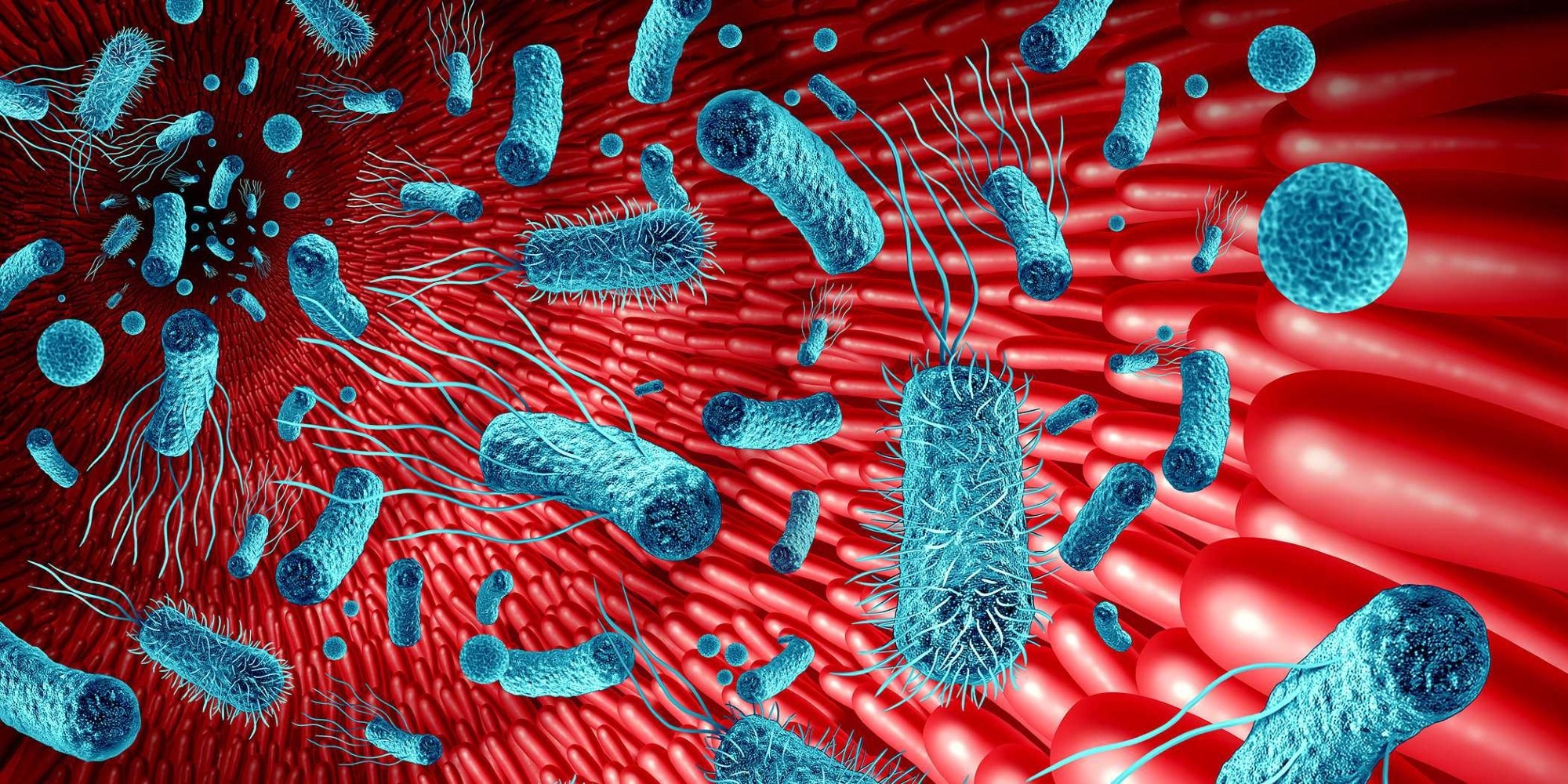Reviewed by Danielle Ellis, B.Sc.Aug 22 2023
According to researchers at ETH Zurich, when the gut is already populated by a closely similar strain of Salmonella bacteria, it only requires the capacity to use a single other food source for the bacteria to flourish. The exchange of antibiotic resistance is made possible by this cohabitation.
 Strain-specific food preferences enable different Salmonella strains to co-colonize the gut. Image Credit: Adobe Stock
Strain-specific food preferences enable different Salmonella strains to co-colonize the gut. Image Credit: Adobe Stock
The exchange of antibiotic-resistance genes across closely related bacterial strains is a major factor in the problem of increasing bacterial resistance to conventional antibiotics. These related bacteria can exchange knowledge on how to resist drugs when they are close together. Unfortunately, it seems that the best place for this exchange to take place is in our intestines. The causes of this have remained a mystery.
The classical explanation states that since microbial interactions prohibit closely related bacterial strains from coexisting in the same area at the same time, this exchange ordinarily should not take place at all. Numerous bacterial species inhabit the mammalian gut where they interact intimately to create communities known as the gut microbiota.
These communities carry out vital tasks for their host, such as protecting it from harmful pathogens. By competing for food molecules, for example, the resident microbiota in a typical, healthy gut hinders the colonization of enteric pathogens.
Additionally, since they compete for the same food molecules, it is exceedingly difficult for bacteria of the same species to flourish in a gut that has already been colonized, according to the niche exclusion idea.
A Colonizing Strategy of Pathogen Gut Bacteria
Recent observations seem to question this school of thinking, showing that several members of the Enterobacteriaceae family can co-exist in the gut.”
Ersin Gül, Study First Author and Postdoctoral Researcher, ETH Zurich
How closely related bacterial communities with similar food requirements can survive in the gut and potentially share knowledge is a perplexing subject for researchers. Can this information be inferred from the bacterial genomes?
Wolf-Dietrich Hardt’s team of researchers looked at the dynamics of bacterial coexistence in the gut to throw some light on this conundrum.
Gül added, “We focused on understanding how a secondary group of bacteria can thrive when closely related resident bacteria are present.”
The study especially evaluated the behavior of pathogenic Salmonella bacteria, known for causing diarrhea from food-borne illnesses, and associated innocuous E. coli strains. The findings were recently reported in Cell Host & Microbe.
Diet Matters
When these bacteria grow alone, the researchers discovered that they use a variety of dietary resources. They, on the other hand, can only develop and live with another Salmonella or E. coli colony if one uses a food molecule that the other cannot ingest (here, galactitol or arabinose).
This behavior shows a metabolic approach adopted by these bacteria to avoid competition and proliferate in a pre-occupied gut, allowing vital information to be sent between these microorganisms, including antibiotic survival mechanisms.
The findings highlight the importance of dietary components. Pathogenic bacteria can only co-infect human guts and trade antibiotic resistance if the correct dietary components are present. Researchers discovered that adding a specific nutrition source improved the coexistence of two Salmonella populations and resulted in an increased number of antibiotic-resistant bacteria in mice trials.
As a result, by supplying nutrition sources that preferentially favor the growth of specific bacterial populations, the diet could inadvertently promote the spread of antibiotic-resistance genes.
New Approaches Against Harmful Bacterial Invasion
The discoveries have ramifications for the friendly bacteria in the guts, as they could use a similar colonization method.
“Our study suggests that small differences in metabolic capacity at the species level may facilitate the replacement of existing microbiota strains with new ones,” Gül further noted.
Furthermore, these findings open up new possibilities for much-needed techniques to prevent antibiotic resistance and support healthy gut flora.
Gül stated, “Microbiota-based therapies may benefit from focusing on these alternative metabolic pathways.”
Hardt risks making a comparison:
The discovered principle is a bit like deciphering the hieroglyphs of the first sentence of the Rosetta stone—in the future, we might be able to systematically analyze bacterial genomes to predict if two strains can co-exist, exchange DNA and which foods might further promote this.”
Wolf-Dietrich Hardt, Professor, Microbiology, ETH Zurich
Source:
Journal reference:
Gül, E., et al. (2023). Differences in carbon metabolic capacity fuel co-existence and plasmid transfer between Salmonella strains in the mouse gut. Cell Host & Microbe. doi.org/10.1016/j.chom.2023.05.029